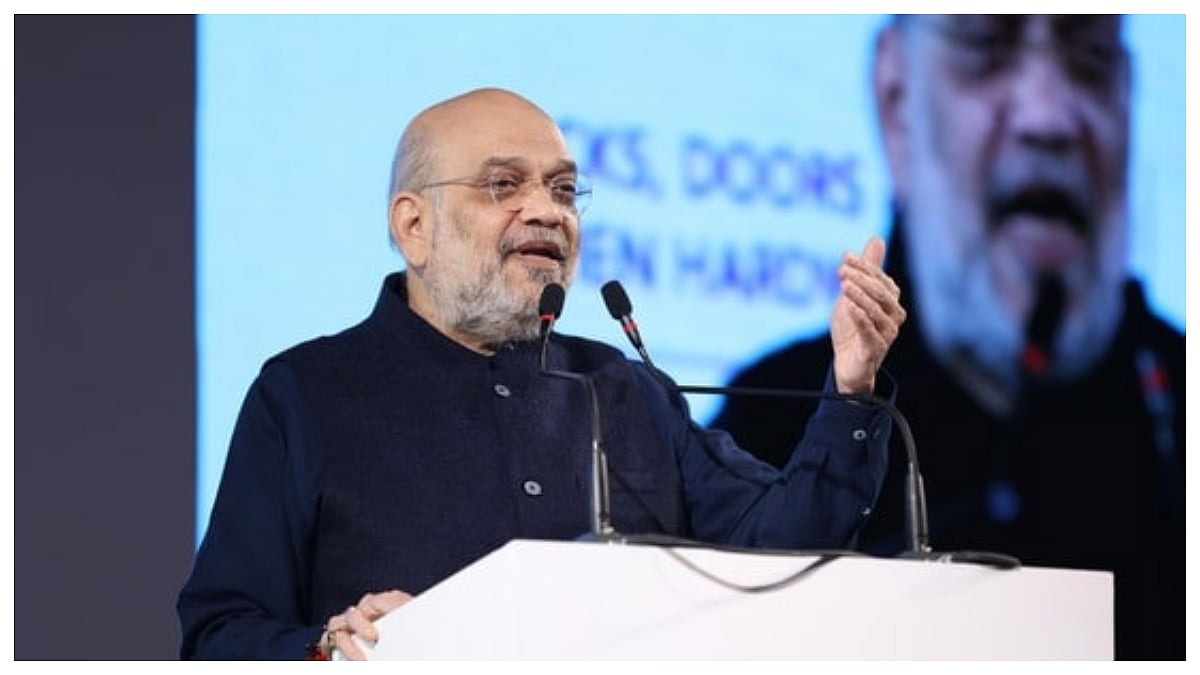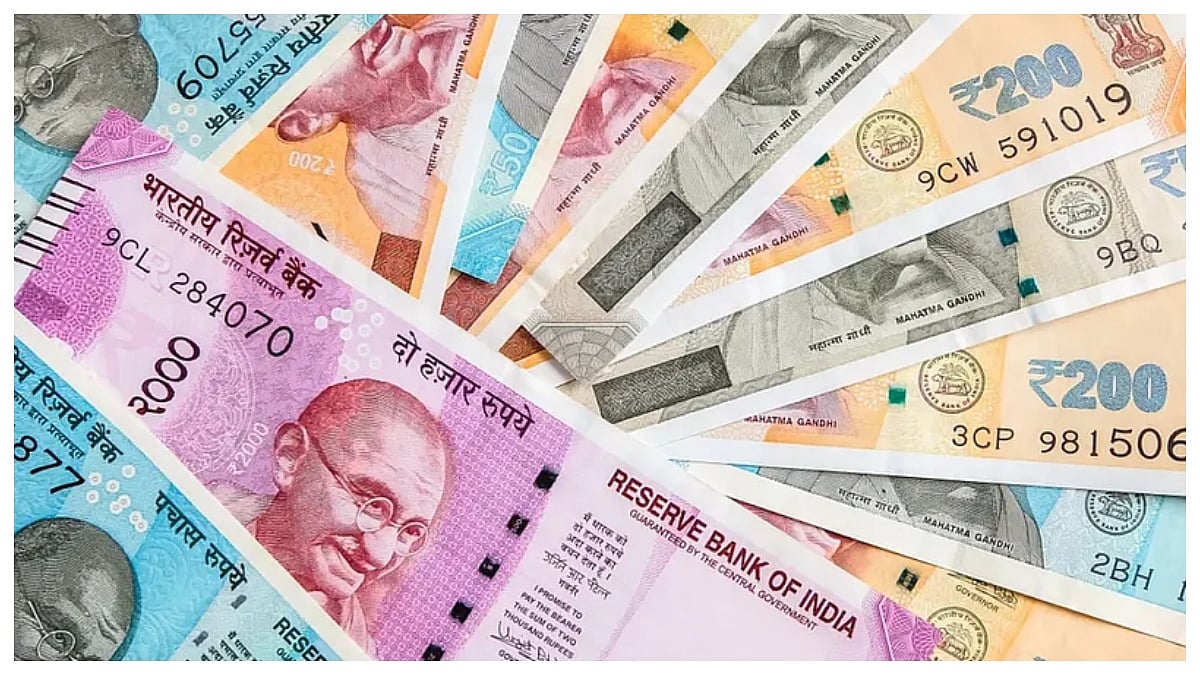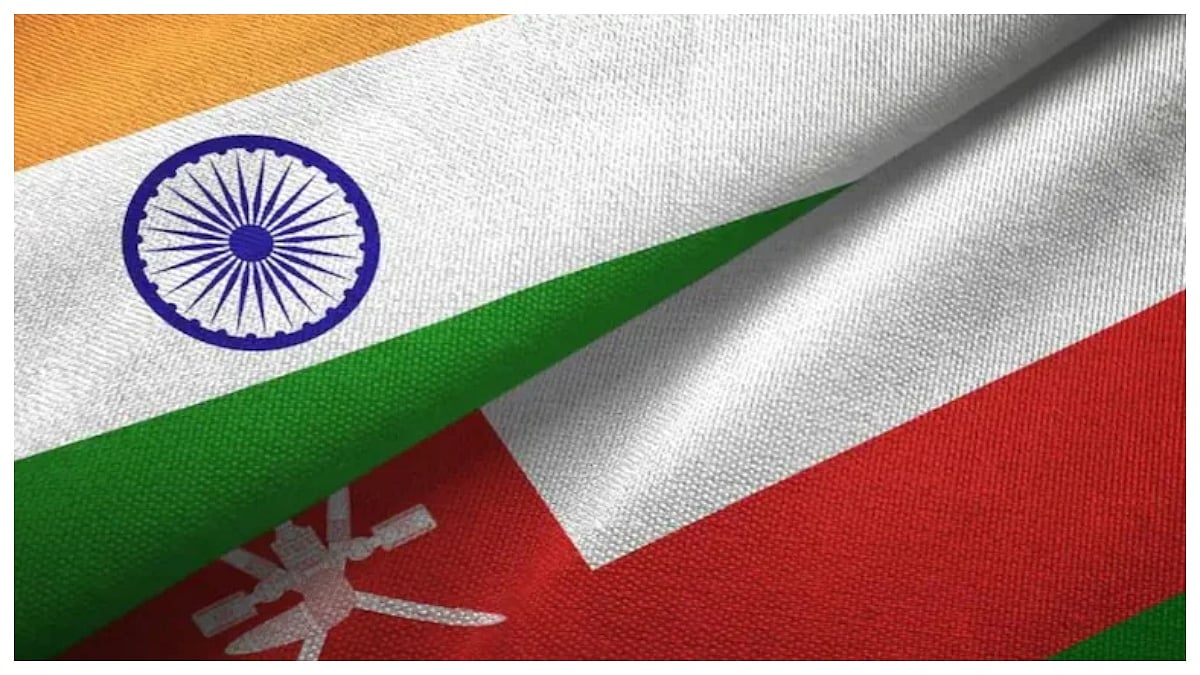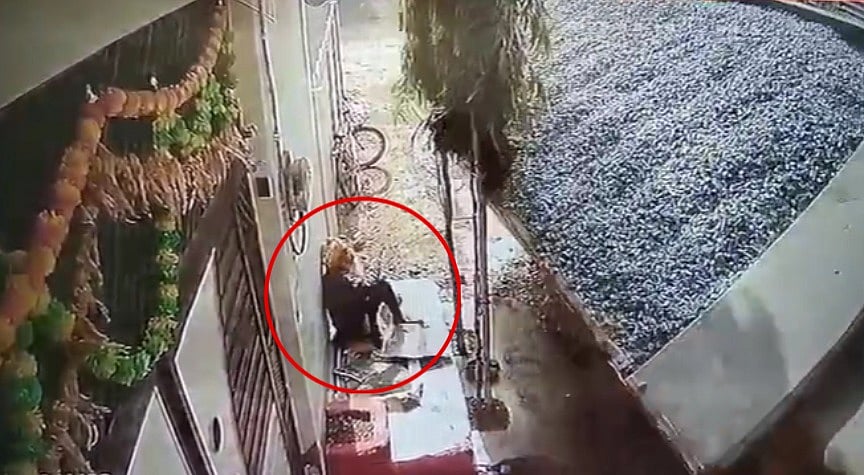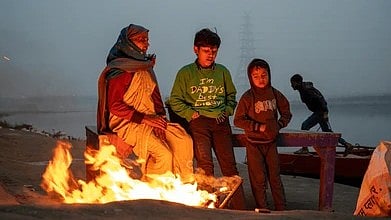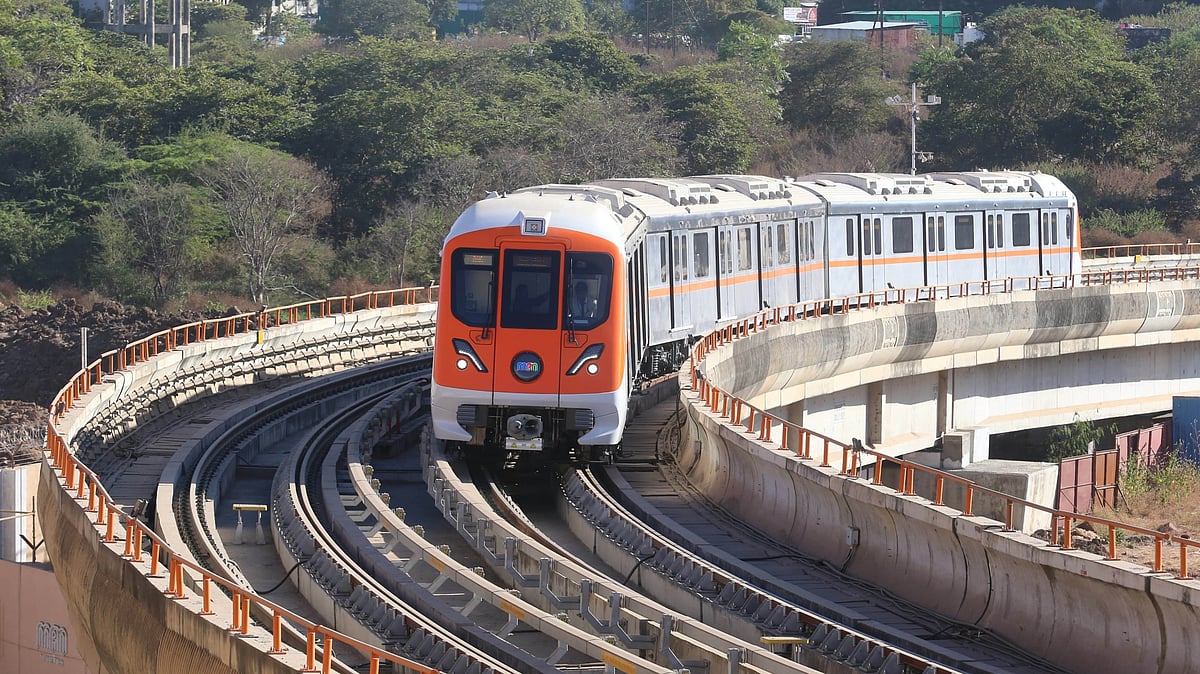Bhopal (Madhya Pradesh): The rulers of erstwhile princely dynasties of Madhya Pradesh have converted their palaces and mansion into homestays for domestic and foreign tourists to preserve their tangible and intangible heritage .
This self-sustaining model for conservation of heritage buildings and palaces ensures that the owners generate income to maintain the grand, old structures and the tourists can experience royal ambience. State tourism department provides them technical training and promotes the homestays.

Krishnayan Heritage |
One such homestay, Krishnayan Heritage, is located in a haveli in Gwalior. It was constructed in 1920 by Sardar Anandrao Phalke to commemorate the birth of his son, Sardar Chandrasenrao Phalke, after five generations of adoptions. Spread over 30 acres, Krishnayan Heritage has seven rooms with a tariff of Rs 7,000 per day.
Another homestay in Gwalior is Dera Haveli Heritage. It is a 19th century iconic Maratha architecture building, which has four air-conditioned suites and deluxe rooms. Maihar Heritage Palace in Maihar in Satna district is 300 years old. It has three rooms with a tariff of Rs 3,000 per day.

Qila The Heritage Palace |
Chandera Kothi in Orchha in Niwari district, run by the descendents of royal family of Orchha, serves local Bundelkhandi, Gujarati, Bengali, Bihari and Oriya dishes along with a smattering of other recipes picked up from the royal kitchen. It has four rooms with a tariff of Rs 4,000 per day.

Fort Baroda Homestay |
The Fort Baroda in Sheopur district has two rooms. Then, there is Qila The Heritage Palace about 20 km from Satna. It has five sprawling rooms with tariffs starting from Rs 2,500 per day. Vaidehi Chhaya in Shahdol and Maangarh Palace in Ratlam are homestays of the same kind.
Besides domestic, tourists from the UK, France and South Africa have visited the homestays and were overwhelmed by their hospitality, said Principal Secretary, tourism and culture, Sheo Shekhar Shukla." These homestays promote responsible tourism, which helps to provide funds to preserve both tangible and intangible heritage,” Shukla added.


